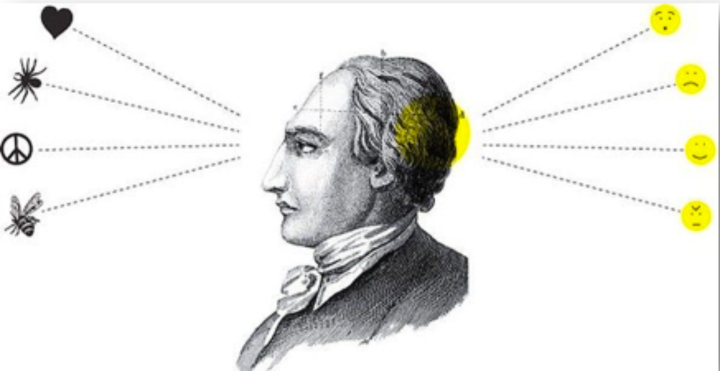March 19, 2018
What is Customer Empathy?
How much do you REALLY know your ideal customer?
You may be just starting your business and making the first steps in formalizing your target customer persona, or you have a thriving business and you can easily picture your ideal customer.
Hey, that’s easy! It’s Jane who’s been a loyal customer for years.
Before we deep-dive into the typical discussion of buyer persona best practices, I’d like to open up the field of view a bit wider.
The basic fact is that as human beings we’re in a constant search to process meanings for events that swirl around us.
 Our brain is constantly looking for the cause and effect relationship of something we’ve previously experienced in order to generate meanings – is it good, bad, or neutral for us?
Our brain is constantly looking for the cause and effect relationship of something we’ve previously experienced in order to generate meanings – is it good, bad, or neutral for us?
It’s an old survival mechanism from the days man spotted a bear approaching in the forest and translated that into acute danger, meaning “run for your life!” vs. coming across a patch of berries that was translated into food.
Each one of us has this remarkable software Jonathan Gottschall aptly calls “The Storytelling Mind.”
“The storytelling mind is allergic to uncertainty and is constantly craving for meaning. If it cannot find meaningful patterns, it will try to impose them. This way the storytelling mind operates like a factory that churns out true stories where it can, but will manufacture lies when it can’t.”

Let’s examine a situation too familiar in business development.
You just had a great meeting with a prospect who loved your product and promised to get back with requirements, so you can tailor a proper proposal for her.
A week passed, and you hear nothing. Immediately your storytelling mind springs into action and starts churning possible stories to unpack the meaning of this dead silence.
Could it be something in my offering that is still lacking? Price range? That extra feature she kept bringing up? Outcompeted with a better solution?
As you can see from this example, the role of meanings is critical in shaping human perceptions about pretty much anything.
Every time we encounter a new event that needs our decision, our Storytelling Mind digs deeper into our bag of past experiences we all carry in an effort to generate a proper meaning.
This brings to mind, Visual Semiotics, a sub-domain of semiotics that analyses the way visual images communicate a message.
Charles Sanders Peirce in the U.S. and Claude Lévi-Strauss and Ferdinand Saussure in France developed Visual Semiotics – the study of signs.
A sign can be a word, sound, or visual image. Saussure divides a sign into two components: the signifier, which is the sound, image, or word – the form which the signs take. And the signified, which is the concept or meaning the signifier represents.
So if I ask you what does this sign represent?

Most of you would say Snapchat. That’s the objective meaning of this sign’s form.
However, for some of you your Storytelling Mind will trigger “one of the best social media tools – ever!” and for others “I still don’t get what’s the fuss about this platform, I never used it! Well, these are 2 distinct, yet valid subjective meanings.
So when you think about crafting a complete picture of your ideal customer persona, the road to achieving maximum customer empathy goes beyond deciphering the signals your customer leaves for things she SAYS and DOES around your product.
 Effective customer empathy requires you to go beyond what your customer
Effective customer empathy requires you to go beyond what your customer
SAYS or DOES and venture deep into what she FEELS and THINKS.
The true gold nuggets lay in what your customer THINKS and FEELS and the subjective product meanings they assign to them. Keep in mind, this territory I call “Subtext Country” cannot be fully uncovered.
Furthermore, sometimes the things your customer SAYS or DOES are in complete opposite to what they THINK and FEEL.
The more you are able to extract subjective meanings from how your ideal customer views your product, the more authentic your story will be.
How would you know if you have a solid business story that truly empathizes with your customer’s problem?
It’s that the magic moment when your customer reacts to your story as if it was THEIR STORY. “Hey, this is my pain you’re talking about, here!” This is when your story will truly connect with your audience and trust your message.
***
Ready to empower your entire team
with effective visual storytelling?
Schedule a complimentary conversation today!
Source: Visual Storytelling

0 Comments
Leave A Comment